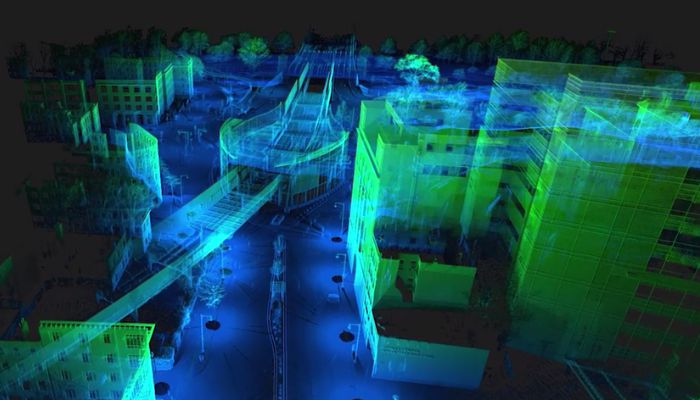
In the rapidly evolving world of technology, digital twins have emerged as a concept that promises to revolutionize various industries. However, like any innovative idea, digital twins are not immune to misconceptions and myths that can hinder their effective implementation. In this blog post, we will explore and debunk some of the most common misconceptions about digital twins, shedding light on what they are, how they work, and their real-world applications.
Myth #1: Digital Twins are Simply Static 3D Models
A common misconception is that digital twins are nothing more than 3D visualizations of physical objects. While highly accurate 3D scans and static models may be incorporated, a true digital twin dynamically evolves in real-time, encompassing asset data, real-time analytics, and comprehensive insights that aid in decision-making and problem-solving.
Myth #2: Digital Twins are Solely for Building Design
While digital twins are highly valuable in the design phase, their value extends well beyond this period. From construction site monitoring and project management to facility management and maintenance, digital twins offer a holistic solution that enhances the entire lifecycle of buildings and infrastructure.
Myth #3: Digital Twins are Exclusively for Large Projects
The application of digital twin technology is rapidly evolving and their value is not exclusive to large-scale projects. Small to medium-sized projects can benefit significantly, leveraging Building Information Modeling (BIM) data, affordable sensors, and cloud-based applications to streamline processes and optimize resource allocation.
>Is a digital twin right for your next project? Why not start with a pilot project to show proof of concept to the c-suite? Let’s talk!
Myth #4: Digital Twins Eliminate the Need for Skilled Professionals
Digital twins, far from replacing human expertise, complement it. They empower facility managers, engineers, and AEC professionals by offering data-driven insights and recommendations, enhancing decision-making processes, and increasing the efficacy of data-driven choices.
Myth #5: Immediate ROI from Digital Twins is Guaranteed
While digital twins can lead to significant improvements in efficiency, cost savings, and performance, an immediate return on investment (ROI) may not materialize. Factors like constantly evolving technology, integration complexities, and data-gathering timelines can impact ROI. It’s important to work with an experienced implementation partner with the training and skills to bridge knowledge gaps and who can address technical issues specific to your organization’s long-term success. As projects grow in complexity and scale, the digital twin infrastructure also needs to accommodate larger volumes of data and interactions without experiencing performance bottlenecks. The right technology partner will understand your organization’s specific needs, and will offer support, updates, and customization options that will help you derive a faster and greater ROI from your digital twin investment.
Conclusion
While most agree on the benefits of digital twin adoption, there are still many myths and misconceptions about what a digital twin is and isn’t. By dispelling these misunderstandings, we gain a clearer understanding of their capabilities to improve facility management operations. As technology continues to advance, the true value of digital twins will become even more apparent, helping us unlock new possibilities for innovation and growth.




